The Stork, contrary to semi-popular belief, does not deliver human babies to expecting parents. Twenty different species of these birds exist across the globe, all of which share similar characteristics, though each has unique coloration and traits. Researchers group all Storks into the Ciconiidae family. Read on to learn about the Stork.
Description of the Stork
As a rule, these birds have long legs, long necks, and long bills. The color of their plumage, or feathers, and the shape of their bills varies by species. Some species also have a gular pouch or gular sac, which is basically a large flap of skin, on their necks. These birds can grow quite large, and some Storks have immense wingspans.
Several species reach heights up to 5 ft. tall, and weigh up to 20 lbs. or more. Their wingspans range from 8 – 10 ft. across at the largest, and some people report birds with wingspans 12 ft. or 13 ft. across, though researchers have not officially verified this.
Interesting Facts About the Stork
Several different species of have incredibly unique characteristics. Learn more about some specific species of Storks below.
- Jabiru – The Jabiru looks like he will jabi-you! These birds have long, thick, sharply pointed bills. Their bills, heads, and necks lack feathers, and their skin is black. The skin at the base of their necks is bright red colored. Jabirus live primarily in Mexico and Central America.
- Marabou Stork – If you thought the Jabiru looked strange, the Marabou will blow your socks off! This bird has a face, and head, and neck, that only a mother could love. Its skin is reddish-pink, and the base of its neck has a large flap of skin known as a gular flap. They may look a little ugly, but that bald skin helps these birds keep clean while they feed on carrion.
- Wood Stork – This species lives in the southern portions of North America, and their range extends into Central America. Following the trend of their distant cousins, these Storks also have bald heads and necks. To make things even more pleasant and not at all disgusting, when the babies get too hot the parents simply vomit water on them to cool them down.
- Saddle-Billed Stork – The Saddle-Billed is one of the tallest members of the family, standing about five feet tall on average. This species has a bright red bill with a black patch around it, and a yellow “saddle” on top. You really have to see it to believe it!
Habitat of the Stork
These birds live in a variety of different ecosystems and habitats. Many species rely on aquatic habitats to catch prey, but some forage in dry regions as well. Some of the different ecosystems that these birds inhabit include wetlands, marshes, grasslands, swamps, lakes, estuaries, mangroves, streams, tidal flats, and more.
Habitat preference depends on the species and the region that the species lives in. For example, Wood Storks and Black Storks both forage primarily in aquatic habitats with muddy bottoms, but the Black species also inhabits mountainous regions.
Distribution of the Stork
Different species live in many different regions, and each species has their own range and distribution. They inhabit many different continents across the world, with the exception of the Polar Regions.
These birds live in South America, Central America, parts of North America, Eurasia, Africa, and Australasia. Some species live in just a small region, while others have extensive distributions.
Diet of the Stork
This group of birds eats a wide variety of different foods. All Storks are primarily carnivorous, which means that meat makes up the bulk of their diet. They eat an incredible range of prey types, including fish, small mammals, invertebrates, insects, reptiles, and amphibians.
While many species feed on just about anything they can catch, some Storks specialize in specific prey. For example, African Openbills prey mostly on snails that they carefully extract from the shells. This species is so specialized that their saliva contains special toxins to relax the snail and make it easier to pull from the shell!
Stork and Human Interaction
As is the case with most groups of animals, human impact varies from species to species. Because these birds often rely on aquatic habitats, pollution and destruction of wetlands and similar habitats often cause population decline. Other threats include invasive species, hunting, poisoning, and egg collection.
The IUCN recognizes several different species of Storks that are in danger of extinction. Some threatened species include the Oriental, Milky, and Storm’s Stork, all of which the IUCN lists as Endangered.
Domestication
Humans have not domesticated any Stork species.
Does the Stork Make a Good Pet
No, these birds do not make good pets. They are incredibly large, and eat lots of food, which means that they produce lots of poop! In many places, it is also illegal to own a Stork as a pet.
Stork Care
Zoological care of these birds depends on the species. Zoos try to replicate the types of environments that the bird would naturally live in by providing similar trees, bushes, nesting locations, and water features.
Veterinarians make recommendations for their diets based on the species and the individual. Their diets include fish, mice, rats, clams, shrimp, and more.
Behavior of the Stork
The different Stork species have different social behavior. Some species are solitary and live primarily alone. Other species are solitary while breeding, but live in groups outside of the breeding season.
Finally, some species live in flocks all the time, and breeding birds form large colonies with many nests. Colonial breeders sometimes build their nests alongside other species of birds, like herons, pelicans, ibis, pelicans, and more.
Reproduction of the Stork
Mating behaviors and reproductive rates vary from species to species. Many species are monogamous, and breed with the same partner year after year. While each Stork is different, most lay between two and six eggs per clutch, with three or four as the average. The incubation period usually lasts about a month, and the chicks fledge at various rates.



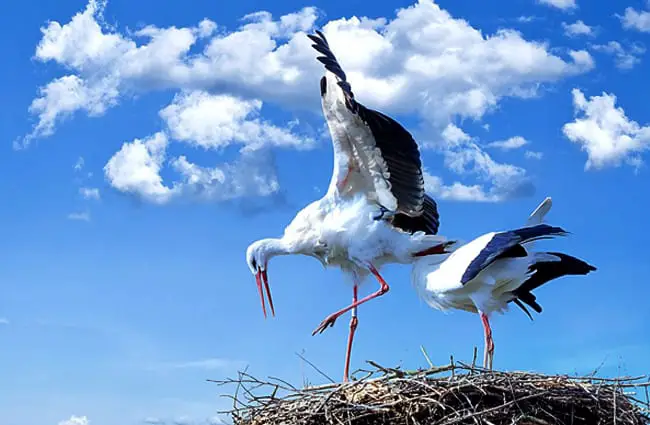

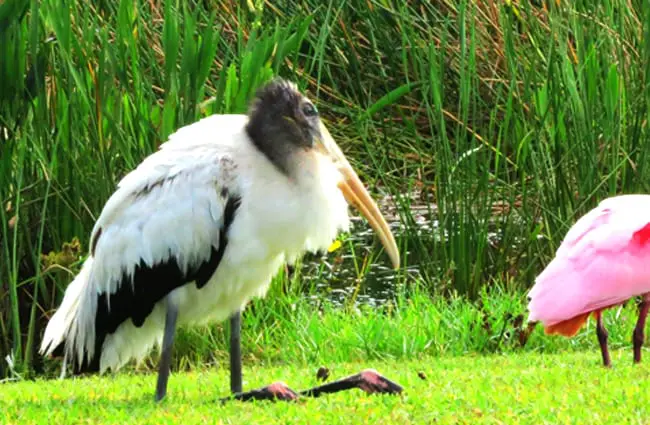

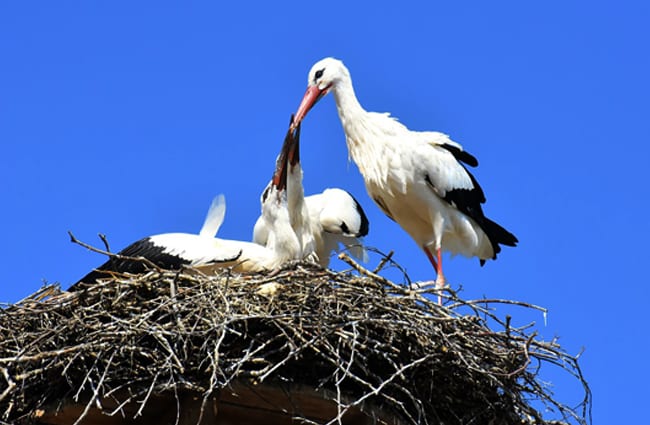


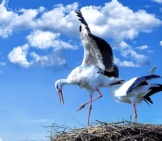
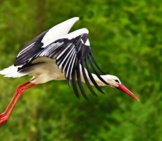
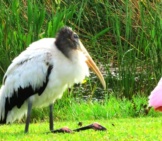
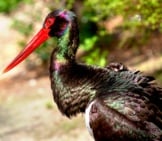

![Red Angus Closeup of a beautiful Red Angus cowPhoto by: U.S. Department of Agriculture [pubic domain]https://creativecommons.org/licenses/by/2.0/](https://animals.net/wp-content/uploads/2020/03/Red-Angus-4-238x178.jpg)












![Red Angus Closeup of a beautiful Red Angus cowPhoto by: U.S. Department of Agriculture [pubic domain]https://creativecommons.org/licenses/by/2.0/](https://animals.net/wp-content/uploads/2020/03/Red-Angus-4-100x75.jpg)

